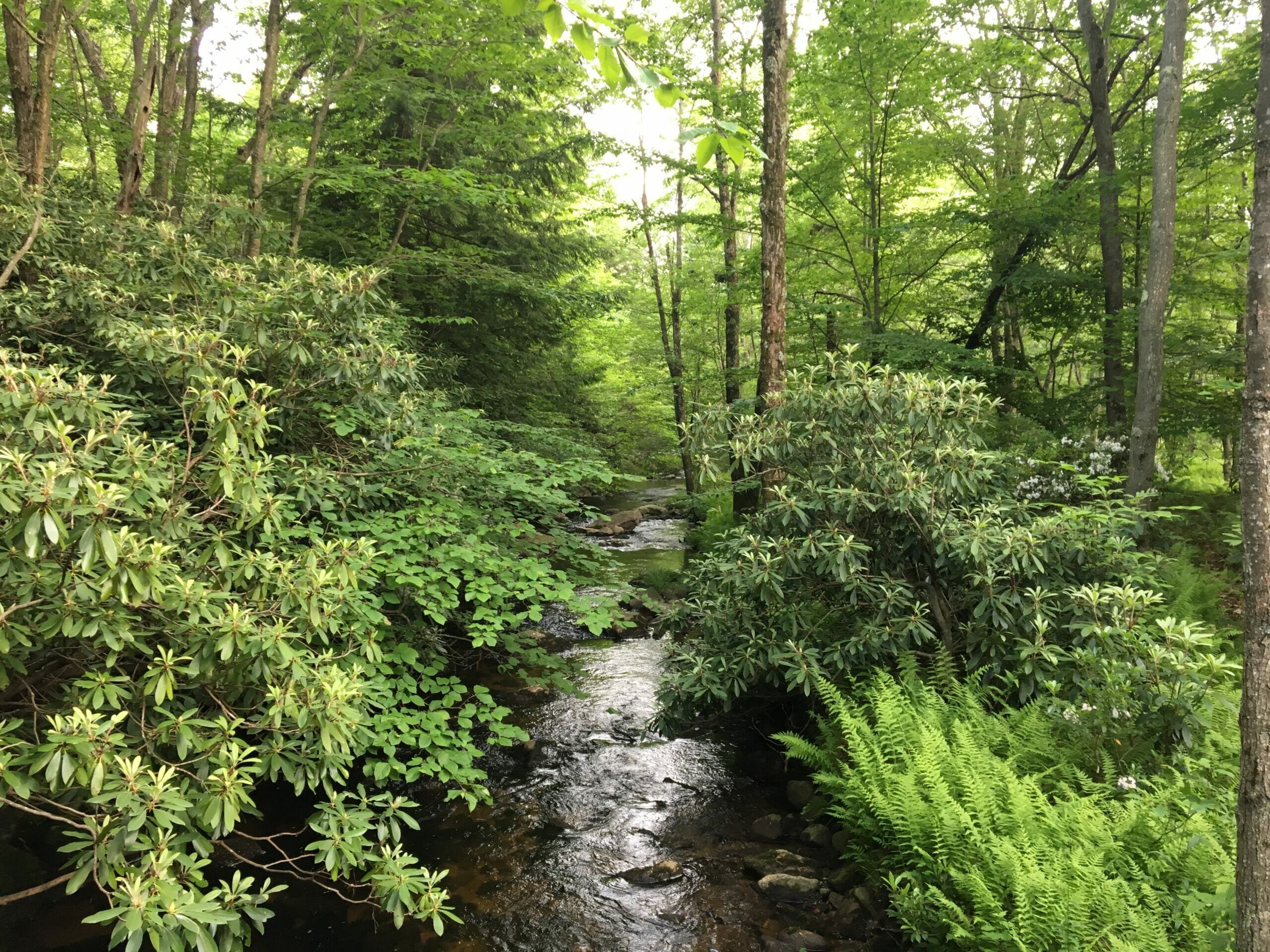
Federal judge reinstates Clean Water Act safeguards for headwater streams and wetlands
Contacts:
- Chris Wood, president and CEO, Trout Unlimited chris.wood@tu.org, 571-274-0601
- Steve Moyer, vice president for Government Affairs, Trout Unlimited, steve.moyer@tu.org
ARLINGTON, Va.—In a decision that restores critical Clean Water Act protections for small headwater streams and wetlands across the country, a federal judge has vacated the 2020 “Navigable Waters Protection Rule” developed by the previous administration.
Over the past two years, Trout Unlimited scientists have documented how drafters of the rule failed to assess its potentially devastating impacts on “ephemeral” streams, which are critical tributaries to larger streams. U.S. District Judge Rosemary Márquez found that the 2020 rule illegally and unscientifically put these waters at risk of destruction.
“This is a big win for common sense, science, and clean water,” said Chris Wood, president and CEO of Trout Unlimited. “It’s a great day not just for anglers, hunters, and others who love the outdoors, but for everyone who relies on clean streams and rivers for their businesses, farms, or just a glass of water. It is especially fitting that six Tribal nations, the representatives of peoples who have relied on clean water for millennia in North America, were the plaintiffs who won this landmark victory.”
Streams that do not flow year-round, but instead flow seasonally as “intermittent” streams, or in direct response to precipitation events as “ephemeral” streams, are the backbone of every watershed; together they comprise on average 60 to 80 percent of the total stream mileage in a basin and had largely been protected for decades under the Clean Water Act.
The 2020 rule categorically removed Clean Water Act protections for all ephemeral streams, which on average account for almost 50 percent of stream miles in the lower 48 states, TU scientists calculated for the record. These estimates were far higher than faulty calculations issued by federal agencies. Because the government failed to fully study the effects of the 2020 rule, TU scientists and their colleagues conducted their own analysis, which was published in the peer-reviewed journal Freshwater Science.
TU, which filed amicus briefs in two other court challenges to the 2020 rule, recently took other steps to assess the impacts of the rule on the ground. By examining the Environmental Protection Agency’s Clean Water Act Approved Jurisdictional Determinations (JDs) database, TU determined how many streams and wetlands were no longer receiving Clean Water Act protection.
Of the 14,224 waterbodies evaluated under the 2020 rule between June 22, 2020, and June 9, 2021, TU found that 6,266 wetlands were determined to be no longer covered by the Clean Water Act, along with 3,096 ephemeral stream reaches. Many of these were in watersheds that support trout and salmon.
With large-scale damage to the nation’s waterways now averted by this week’s federal ruling, the EPA and the U.S. Army Corps of Engineers can turn to the critical job of developing a new “Waters of the United States” rule that is scientifically sound and durable.
“This ruling gives the EPA a chance to get it right,” Wood said. “They should listen to the voices of Tribes, farmers, conservationists, foresters, and others, and come up with a science-based plan that protects small streams while ensuring the predictability and stability that industry needs to thrive. ”
###
Trout Unlimited is the nation’s oldest and largest coldwater fisheries conservation organization dedicated to caring for and recovering America’s rivers and streams so our children can experience the joy of wild and native trout and salmon. Across the country, TU brings to bear local, regional, and national grassroots organizing, durable partnerships, science-backed policy muscle, and legal firepower on behalf of trout and salmon fisheries, healthy waters and vibrant communities.

